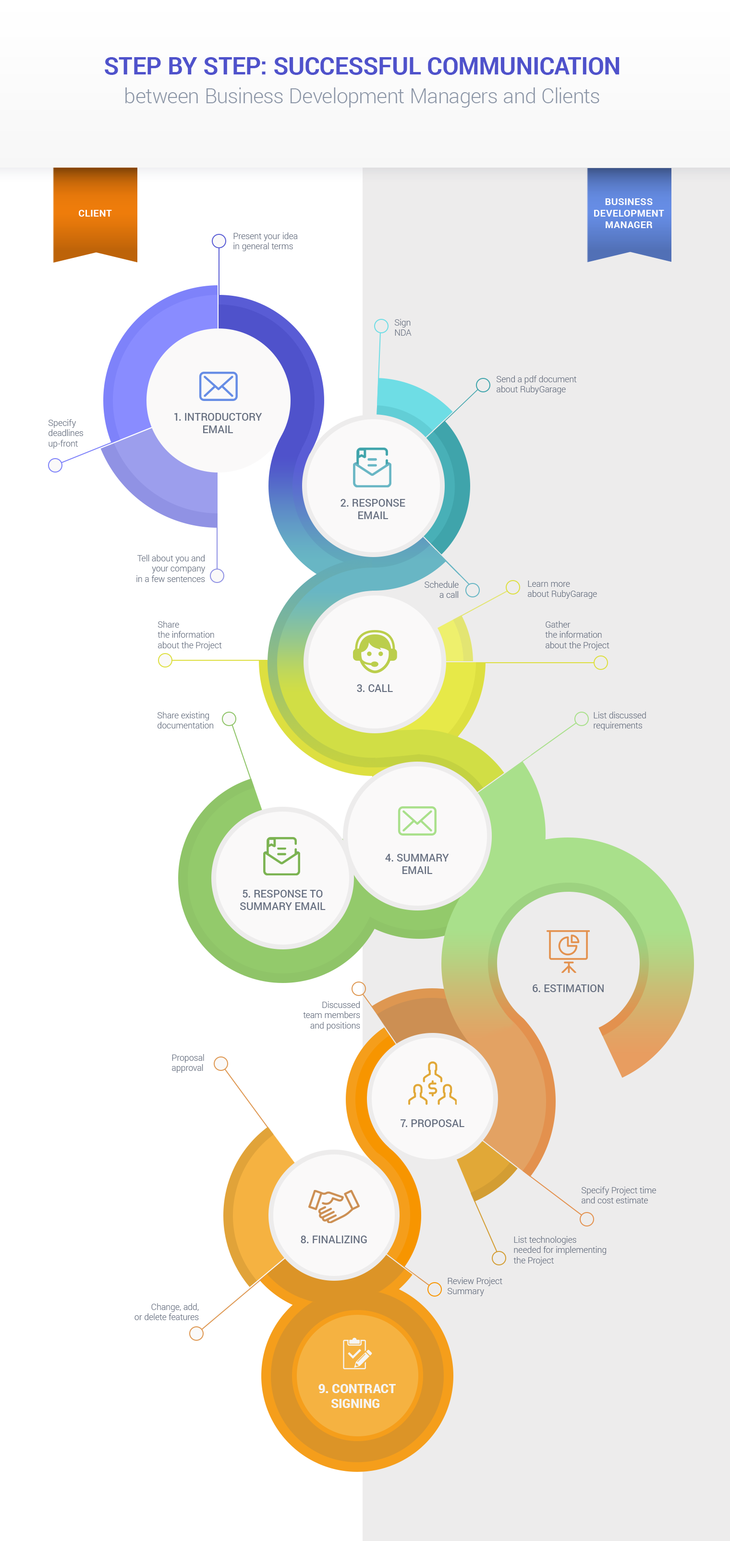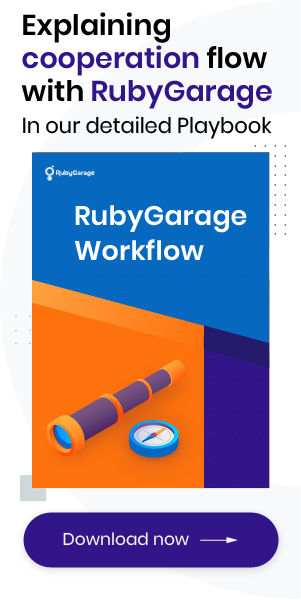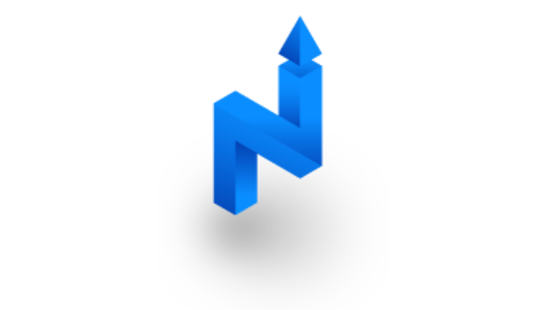-
Product Management
Software Testing
Technology Consulting
-
Multi-Vendor Marketplace
Online StoreCreate an online store with unique design and features at minimal cost using our MarketAge solutionCustom MarketplaceGet a unique, scalable, and cost-effective online marketplace with minimum time to marketTelemedicine SoftwareGet a cost-efficient, HIPAA-compliant telemedicine solution tailored to your facility's requirementsChat AppGet a customizable chat solution to connect users across multiple apps and platformsCustom Booking SystemImprove your business operations and expand to new markets with our appointment booking solutionVideo ConferencingAdjust our video conferencing solution for your business needsFor EnterpriseScale, automate, and improve business processes in your enterprise with our custom software solutionsFor StartupsTurn your startup ideas into viable, value-driven, and commercially successful software solutions -
-
- Case Studies
- Blog
How to Explain Your Business Idea to Your Development Team
There’s a lot of potential for miscommunication when working with remote teams. Miscommunication can happen due to unclear requirements, differences in expectations, poor English of team members, or any number of other factors.
Miscommunication can pose a big risk for any software development project. That’s why we’re addressing how to explain your business idea to your software development team clearly and efficiently.
Where to Start
Your future software development team generates their first impression of you — the potential customer — based on your introductory email. Let’s look at an example:
“Hi,
My name is John. I’d like to build an app that helps people eat healthier. It would provide daily nutrition guidelines and help people plan their meals. How much might it cost to develop an app like this?
Best regards,
John”
Clearly, at this stage what’s most important for you is understanding how much money it might cost to implement your idea. But in order to provide a reasonably accurate estimate, we’ll need a bit more information.
Your first introducing letter that briefly describes your idea will help us to get general understanding about you and your project, and we’ll get where to start on.
Tell about you and your company in a few sentences
- You should tell us a bit about you and your company. This brief introduction will help us understand what industry sector/ business sphere you're working in.
- We also would like to determine your target audience based on this introduction. In other words, we want to figure out who you're selling your product to. We understand what business sphere it’s related to and as well what your future product will be directed to here by representing yourself and your company.
- It’s also important for us to understand your role in the company: are you the decision maker, or a company representative? This helps us understand our lines of communication.
“Hi,
My name is John. I'm the CEO of Healthy Sport, a US-based startup that specializes in sports nutrition.”
Present your idea in general terms
Present your product idea to us from the most basic level: begin by telling us if you’ll be building an app, a marketplace, an online store, a platform, or some other type of service. Then specify your product’s main goal and its target audience. Finally, tell us about the problem you’re going to solve for your customers.
“We’d like to create an app for iOS/Android that offers on-demand delivery of sports nutrition products. Our goal is to help people all over the USA build muscle mass.”
Specify deadlines up-front
Mention any hard or soft deadlines up-front.

“We are flexible with project end dates, however we would strongly prefer that the project be finished by the end of September 2020.”
Let’s see the full email
“Hi,
My name is John. I'm the CEO of Healthy Sport, a US-based startup that specializes in sports nutrition.
We’d like to create an app for iOS/Android that offers on-demand delivery of sports nutrition products. Our goal is to help people all over the USA build muscle mass.
How much might it cost to develop an app like this?
We are flexible with project end dates, however we would strongly prefer that the project be finished by the end of September 2020.
All the best,
John”
This is all the information we need from you in your introductory email. Remember that your primary goal is to clarify the most significant aspects of your project, not to give us all the technical details and business plans.
How to move forward
Once we receive your email, we’ll proceed as follows:
Step 1 — Response Email
We’ll send you a response, which will include:
- Brief information about RubyGarage, followed by an attached presentation;

- An invitation to set up a call. During our call we’ll collect more information about your project and even sign an NDA in advance, if required.
Step 2 — Call
During our call we’ll tell you a bit more about RubyGarage, and then we’ll ask you to tell your story. We’d like to hear about you, your company, your idea, your product’s functionality, your technology preferences, etc. Our goal here is to get as much information about your future product as possible.
Step 2.1 Summary Email (Follow-up)
Shortly after our call, we’ll send you an email summarizing what we talked about. The purpose of this email is to clarify what we’ve discussed. Look over it carefully, and let us know right away about any inaccuracies, miscommunication, or missing details. We need to be one the same page, and this written document helps us do that.
This email also clarifies the expected scope of work, and describes product deadlines.
Step 3 — Response to Summary Letter
In your response letter you should also provide with all currently existing documentation (request for proposal, specification, sketches, wireframes, prototype, etc.)
Any missing information or miscommunication after this point can result in:
- Inaccuracy in planned scope of work;
- Inaccurate estimates; and
- False expectations.
Step 4 — Estimation
With the details discussed during our call, along with any documentation you’ve sent, we’re now ready to analyze your idea and business tasks and find the best solution. We’ll now look at how we can implement your idea from the technical perspective.
The next step is the estimate. It takes us about 24-48 hours to provide you with an estimate.
Step 5 - Proposal
As soon as our team is done with estimation, we start preparing a proposal for your project. We’ll send you a proposal that includes the following:
- Project summary;
- List of technologies needed for implementing the project;
- Names of team members and their positions;
- Project duration; and
- Project time and cost estimate.
Step 6 — Finalizing
At this point we’ll send you the project proposal for approval. Look over it carefully to make sure that all aspects of your project have been taken into account. If everything is correct and you’re satisfied with our proposal, then you can sign off and we’ll get to work. If there are any issues with the proposal, we’ll gladly provide a new estimate. At this stage it’s typical for some functionality to be removed or some new features to be added, in which case we’ll also provide a new estimate.
Once everything is approved, we’ll move on to contract signing and we’ll schedule the start date for your project development!

Clear Communication is Key
As you can see, there are a lot of things that have to happen before we begin writing code. In short, all of these steps are about communication and clarification.
Communication is the key to developing successful products that meet your expectations and business needs.
How to describe your business idea. Infographic














